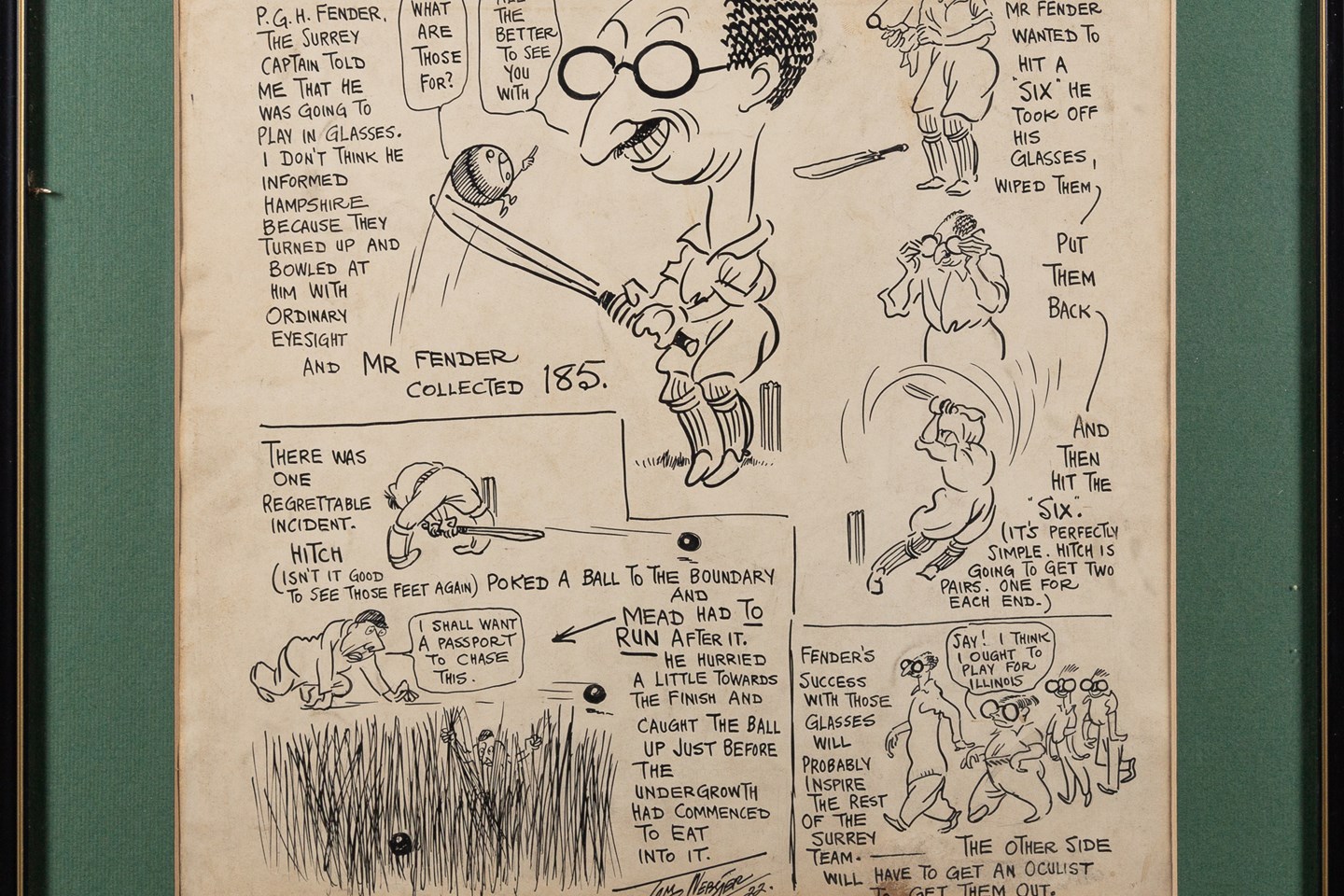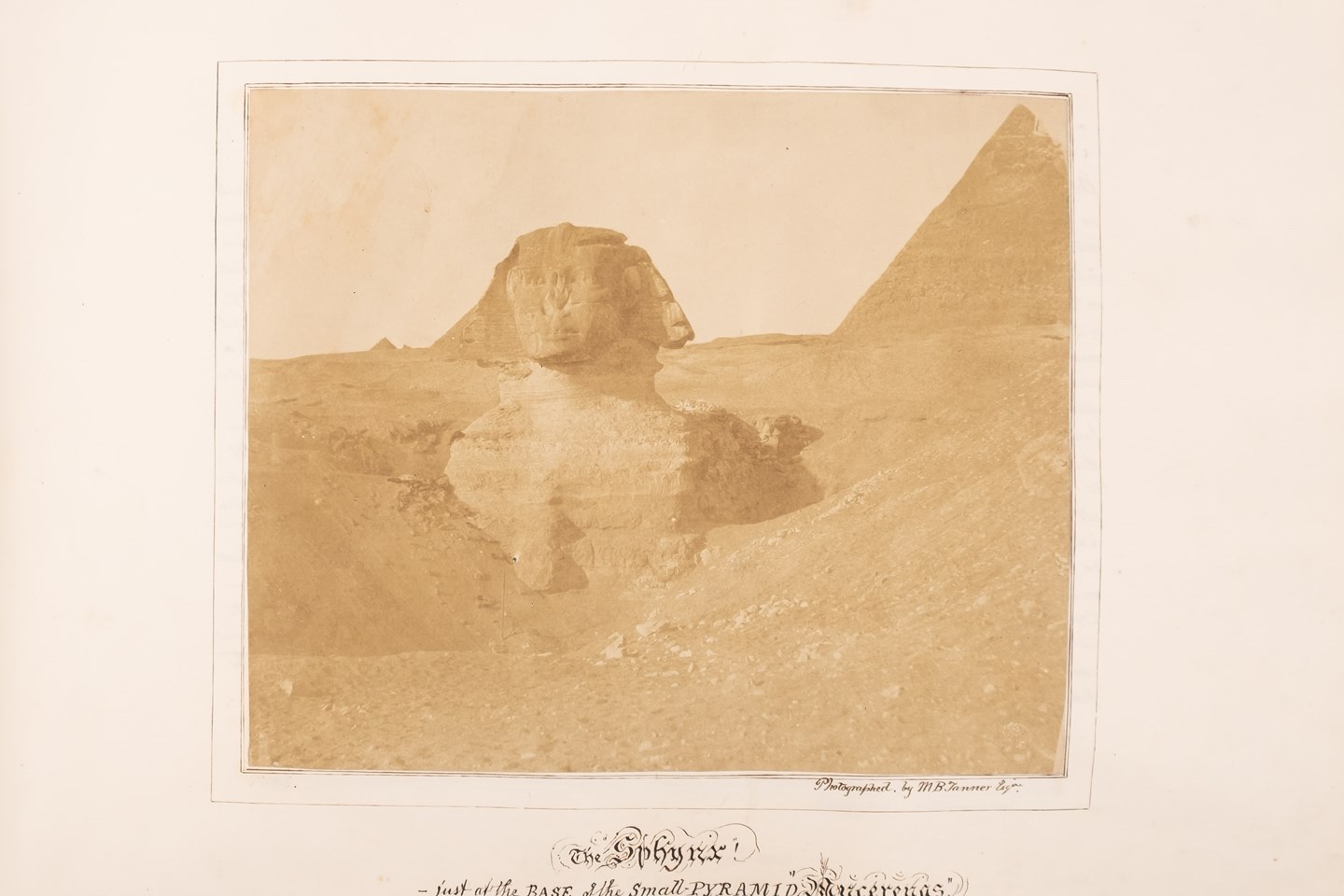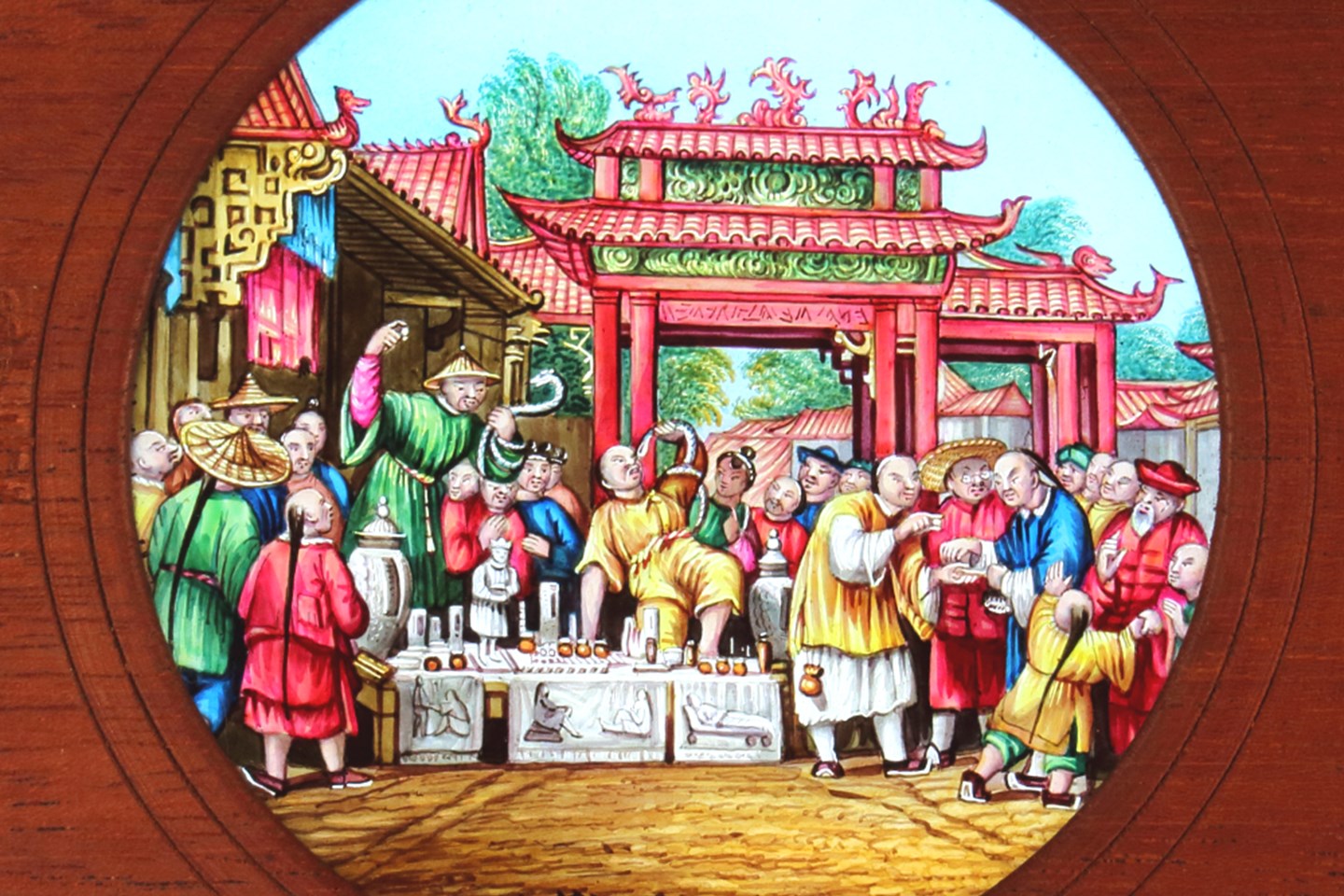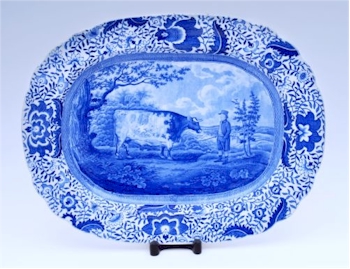
The Durham Ox meat plate, circa 1810.
If I asked you whether you thought the cow worthy of artistic reverence or historical veneration, what would your response be? You might feel the humble bovine to be matronly, comical, perhaps a purveyor of dairy goods, a tasty meal or just a short step away from a pair of brogues? However, I feel sure we would all find it difficult to conjure up an image of the rural idyll without it being populated by cows. The cow has been sporadically on these shores for countless millennia, but the swings from warm to ice age temperatures meant it had only brief periods of residency until 12,000 years ago.
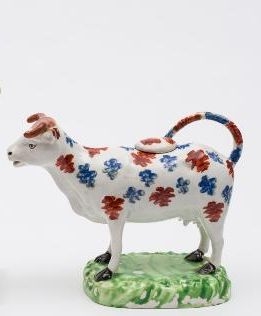
A Cambrian pottery cow creamer.
The cow had long been prized for its ability to produce milk and so it is not surprising that in the mid-18th century, it starts to be reflected in art objects. Perhaps the most prolific is the pottery cow creamer, a step up from a functional jug, it was shaped like a cow and when upended it dispensed cream from the mouth. On reflection that might sound a little distasteful, but there are also 'Rolls Royce' examples that go just that little bit further. Take for instance a solid silver cow creamer, made by John Schuppe in 1762, which has an additional fly modelled on the cover and udders. As well as regurgitating cream, if you lift the upper fly, the companion below moves to one side to allow the udder to drip!
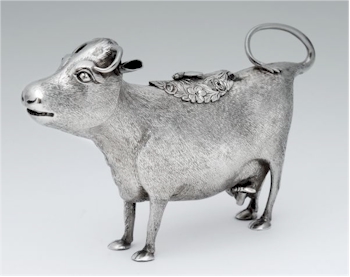
John Schuppe silver cow creamer, hall marked London, 1762.
Things began to change during the latter part of 18th century when farmers started to breed the cow for shape, size and weight. Again, potters were quickest to respond to this trend as evidenced by a North Country group depicting a famer standing by his prize cow. The group was obviously constructed with moulds that the potter had to hand as the faithful hound at the farmer's foot is actually a small lion with the addition of some painted floppy ears.
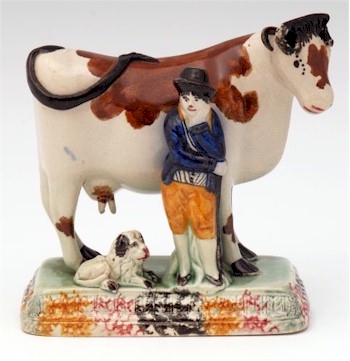
A North Country farmer with his prize cow, circa 1800.
Some might suggest that once a farmer is prepared to open their wallet enough to pay an artist for a portrait of their cow, the bovine in question must have been appreciated. Whilst the oil on canvas captioned 'Prize Cow at East Suffolk Septr. 9th 1847' is not signed and there is no indication of the name of the cow or indeed the owner it does reflect a degree of pride.
Perhaps the most iconic and tragic cow was known as the Durham Ox. Bred by the Darlington farmer Charles Colling, to some it was considered a freak of nature and nothing more than an interbred castrated Shorthorn Bull; to others, amongst them William Youatt, the author of a contemporary volume 'Cattle their breeds, management and disease' the Durham Ox and its counterparts were 'irresistibly attractive to the eye by their splendid frames... and have become objects of public curiosity'.
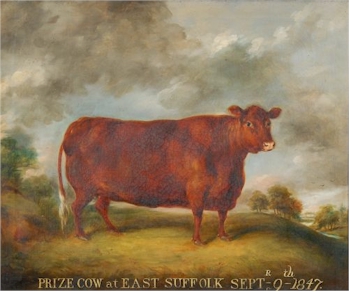
English School 19th century a portrait of a prize cow, dated 1847.
The one and three-quarter ton beast was purchased by a Mr Day on 14th May 1801 for the equivalent of £250. He was later that day offered £525 for the beast and on 13th June 1801 an offer of £1,000 was received, which was in turn superseded by a figure double that.
Realising the value of his purchase, he toured the country with the ox in a specially made cart for the next six years until, on 19th February 1807, the animal fell and dislocated its hip. The show and its 'cash cow' rumbled on until 15th April 1807 when the vast beast was eventually slaughtered.
During its lifetime several portraits were painted from which a popular series of more affordable prints were produced with a run of 2000 being snapped up in 1802. Ironically, there is a village in Victoria, Australia called Durham Ox, which surely must be more than a passing coincidence and the ultimate accolade for a cow.
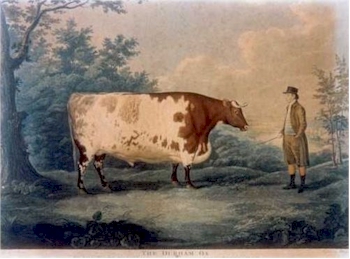
A coloured print after John Boultbee of the Durham Ox, circa 1802.
- Bearnes Hampton & Littlewood
Fat Cow was written on Friday, 4th October 2019.








